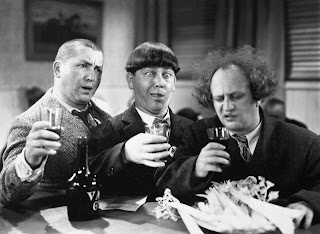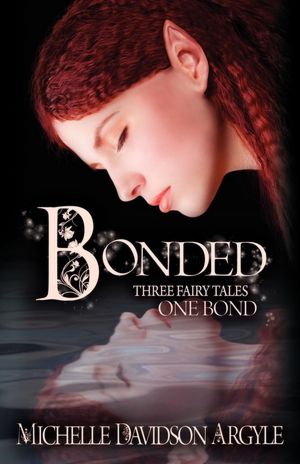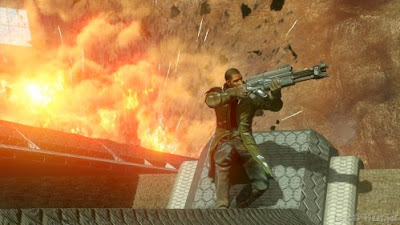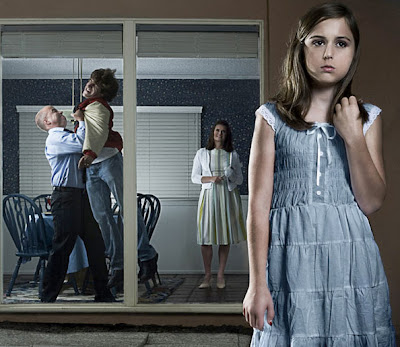–>
These are my personal tips for NaNoWriMo. You know the drill. Take only what works.
Plot and character are symbiotic.
I write plot driven stories, and I know my Tips here reflect that. That’s because I’m just writing down as “tips” the things I myself am doing as I work on my novel. My own bias is embedded in the techniques I highlight.
At some point, though, even the most plot-crazed author needs to look into the hearts of the characters. That’s really where the power of the story is going to reside, in the end. Other writers start with character from the get-go and then figure out plot as it arises from the wants and needs of those characters. By the end of the process, if you’ve done it right, the reader shouldn’t be able to tell where you started.
Often, though, you’ll start strong with one and have no inkling about the other. You’ll have an awesome, well-rounded character but no idea what to do with her, or an awesome, action-packed plot populated by paper dolls.
Starting From Plot:
Suppose you have a typical McGuffin thriller plot, a terrorist plan to nuke Las Vegas. Maybe your thriller is also a bit of a mystery—it’s not clear which terrorist group is planning this. Perhaps the real villain is a crazed Elvis Impersonator who believes he’s bring about the End of Days. Or maybe it’s Basque Separatists who want to make Nevada their new homeland.
There are two ways to write this. One, the hard way, is to guess yourself as you write, and then after you’ve accumulated a huge sloppy mess of plot twists, go back over your draft and try to make it all fit.
I’ve done this. I don’t recommend it.
The problem is that you may start writing a character one way, say, as the good guy’s friend, and then suddenly decide that since the friend is the last one anybody would suspect of being Elvis Incarnated, have him be the terrorist. This only works if you’ve known all along that’s who he really is. Otherwise, you’re going to end up with your characters coming off like puppets on plot strings. The reader is the one who will feel like you’re yanking their chain.
This is not to say that you can’t let plot needs dictate your cast of characters. It can. As long as you figure it out first, so you can breathe life into those characters and let them take the reigns of the finer plot points. That way you can have your cake and eat it too: a plot driven story that still arises organically from the characters’ desires and designs.
Take a hard look at your beat sheet, and ask yourself, what roles do I need in this story? You’ll have your protagonist, obviously. You may have a romantic interest. You may not want a villain, but even if you don’t, you’ll need need an antagonist—it may be the romantic interest or the hero’s mother or best friend, someone who is not a villain in the sense of being evil, but who, for whatever reason, is stopping the hero from achieving his goal. For instance, perhaps you have science fiction story in which the hero’s dead professor has bequeathed him a brain chip from an alien ship. The hero’s only hope of saving the earth is to download the chip into his brain, but the professor died trying this, so the hero’s father hides the chip rather than give it to the hero. The father is the antagonist, even if he is motivated by love.
Your story may require other roles. If your hero needs to learn to be a Jedi, he’ll need a Yoda. If someone on the team is a spy for the bad guy, you’ll need the spy and perhaps another character to unfairly take the blame for being the spy. In a murder mystery, you need a lot of characters to provide suspects. In a horror story, you need a lot of characters to provide victims.
It’s easy to make your early outline too vague to alert you to what roles you need. For instance, suppose you’ve written on your plot card: “The hero tries to enter the compound, but fails.” That could mean a lot of things. It could mean he realizes the fence is electrified so he turns back. It could be a lot of faceless guards shoot at him and he has to retreat. Or it could be that the Big Bad’s chief minion kicks his butt with humiliating ease and spares him only so he can live a life of shame knowing he was beaten.
Faceless minions (known as spear-holders) have their place in a story, but be wary of filling your book only with your hero and an army of mindless monsters. Yes, yes, I know this is the premise of a lot of zombie movies, but I stand by it. It’s boring. It’s much better if you can seize moments of conflict in the outline and make sure those are fleshed out by flesh and blood characters, with motives and personalities of their own, to oppose or seduce or bewilder the hero.
Starting From Character:
What wound makes this character incomplete? What would heal her? That’s her inner goal. If you have a strong idea for the character, you might already have a good grasp on her inner wound and inner world:
What does she fear most? (Make her confront it.)
Who has hurt her? (Let her pursue revenge or reconciliation.)
What has she sworn never to do? (She needs to do it or be tempted to do it.)
In what arena is she an expert? In what arena is she a failure? (Example: She’s a fantastic brain surgeon, but was recently divorced by her husband, who complained she was an emotional snowcone.)
If you’re still tempted to answer these questions in general or purely psychological terms, you may be in trouble. For instance, say you answered the question about your heroine’s greatest fear with the observation: “Her greatest fear is being a failure, because she is always trying to live up to her mother’s impossible demands for perfection.” And you will know she’s been transformed when she allows herself to make mistakes and be forgiven by someone she loves.
That’s great, but does it give you a plot? Not obviously.
She also needs an outer goal, the concrete achievement she will strive for or complete as “proof” of her inner transformation. You need to take that amorphous psychological goal and give it a physical component. For instance, if someone hurt her in the past, it helps to know not just who but in what field of achievement does she compete with the person who has hurt her?
The whole point is to give higher order emotions grounding in living metaphors. Higher order needs include Love, Belonging, Forgiveness, Power, Truth and Wisdom. But unless these are embodied in physical avatars within your story, the only way to convey to your readers that the heroine has achieved them is to Tell them so rather than Show them. You already know that’s a Big No.
Take those ineffable emotions and make them effable. Give your story a Race, a Competition, an Auction, a Deadline, a Bet, a Bargain, a Promise, a Secret, a Lie, a Journey, an Heirloom, an Object. Tie it down in space and time, stamp an expiration date on it, and let your characters fight over it.
 |
| “I’m hoping these doodles I made will convince you not to kill me.” |
Never Let Me Go (Spoilers) by Kazuo Ishiguro is a marvelously subtle book, which could hardly be accused of being formulaic or crudely plot-driven. Yet he gives his characters a journey (to find their makers, literally), a deadline (they will be dismembered if they don’t beat it) and concrete objects of power (artwork), with which they hope to prove the most ineffable things of all: their love for one another, their humanity, their right to live, the very existence of their souls. That gives his story its large arc, but each scene has its objects as well. There’s the tape with the song Never Let Me Go that reverberates with multiple meanings throughout the story. There’s the pencil case that the two girls squabble over. There’s the hero’s yowl of pain and frustration, linking his childhood woes to his later, much more existential agony. These objects and actions transmute Character into Plot.










